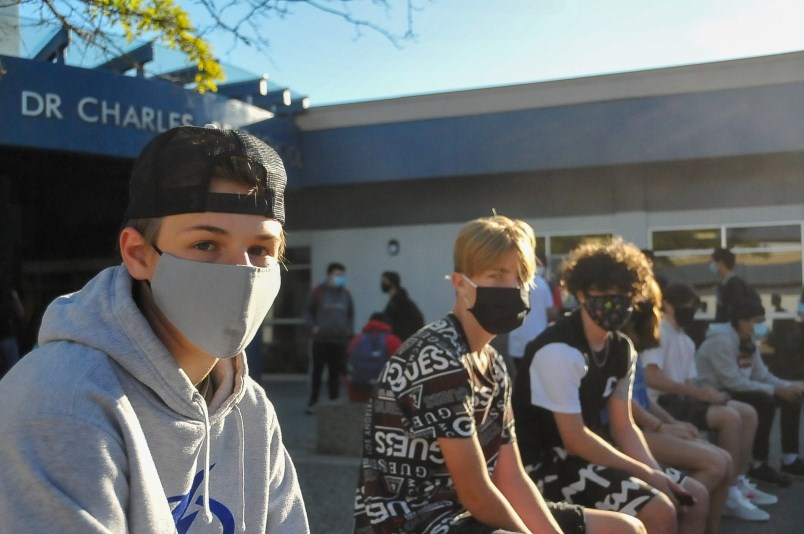The ongoing COVID-19 pandemic cast a pall on an otherwise “stable” school district budget that was passed Tuesday night for Coquitlam area schools.
While districts around the province are forecasting major challenges, including a reported $43 million shortfall in Surrey, School District 43 trustees unanimously passed a balanced $415.7-million budget with little trouble thanks to prior-year surpluses and a hefty pension savings.
Described as “stable” by Coquitlam trustee Craig Woods, who moved the 2020/’21 budget bylaw, the spending legislation enables the district to plan for the next school year.
That’s when classes are expected to fully re-open as Tri-City residents — including teachers and support workers — get their COVID-19 shots.
Here are five takeaways from the budget:
1. A balanced budget is no easy feat and, in past years, SD43 has struggled with higher costs and inadequate provincial funding. This year, however, there with no concerns about a deficit as some other districts are predicting. This is because SD43 has squirrelled away funds from prior years — mostly surpluses from fees that international students pay — that will offset projected funding shortfalls. As well, $3 million in savings from a pension plan for non-teaching staff is helping to prevent staff cuts.
SD43 budgets have also been increased in recent years from classroom enhancement funds provided to ensure schools adhere to a 2016 Supreme Court ruling, restoring class size and composition.
2. The $415.7-million budget for the 2021/’22 school year covers operations as well as capital and special-purpose spending for School District 43 schools. While the budget is balanced, some trustees are concerned about risks that may require additional funding. A $500,000 contingency fund and savings from prior years remaining in reserve to smooth budget shortfalls is available for an emergency, trustees were told.
3. School District 43 will be able to keep most of its teaching positions and it plans to add seven education assistants despite less money from international education revenue and government support for pandemic-related expenses. While 31 fewer teachers will be needed — a small proportion of the approximately 2,600 full-time and substitute educators — those losses could be offset by retirements, leaves and other staff movements.
Teachers will still have to go through the layoff and recall process, however, as schools reorganize classes for next year. But parents will not likely notice any difference.
With the loss in teachers mostly due to fewer international students in classes — classes will still be staffed according to class size and composition.
As superintendent Patricia Gartland told trustees April 13: “with less students in schools fewer teachers are needed.”
Meanwhile, the pandemic is still casting a shadow: Funding is also being set aside for extra janitors to keep schools clean during the pandemic; for cleaning supplies; and for higher-rated MERV 13 filters, to improve ventilation.
4. International education is taking a hit due to the pandemic, which means the district won’t see as much revenue as in previous years when some of the funds were placed in reserve to cover technology, maintenance and budget shortfalls. In fact, the district anticipates generating only $14.2 million in offshore tuition — less than half the $33.9 million revenue it received two years ago.
However, it’s also spending significantly less in travel to market the international education program due to ongoing restrictions.
While most of the the international fees pay for teachers, the district relies on a $5-million annual surplus to cover shortfalls. The pandemic could take a bite out of this once predictable boost to SD43 revenue. “Continued travel restrictions and visa delays have negatively impacted the program and it is likely to take several years to recover,” the district states in its budget notes.
5. Student enrolment hasn’t grown much in recent years despite new homes being built in the Tri-Cities. According to SD43 forecasts, 30,309 students are expected to enrol in September, down slightly from 30,343 two years ago.
However, the district is seeing more students enrol in distributed learning programs — online courses that allow them to do their school work mostly from home. Two years ago, 200 students enrolled in this online program; in September, with the pandemic still likely a concern, the program is expected to attract 510 students.



